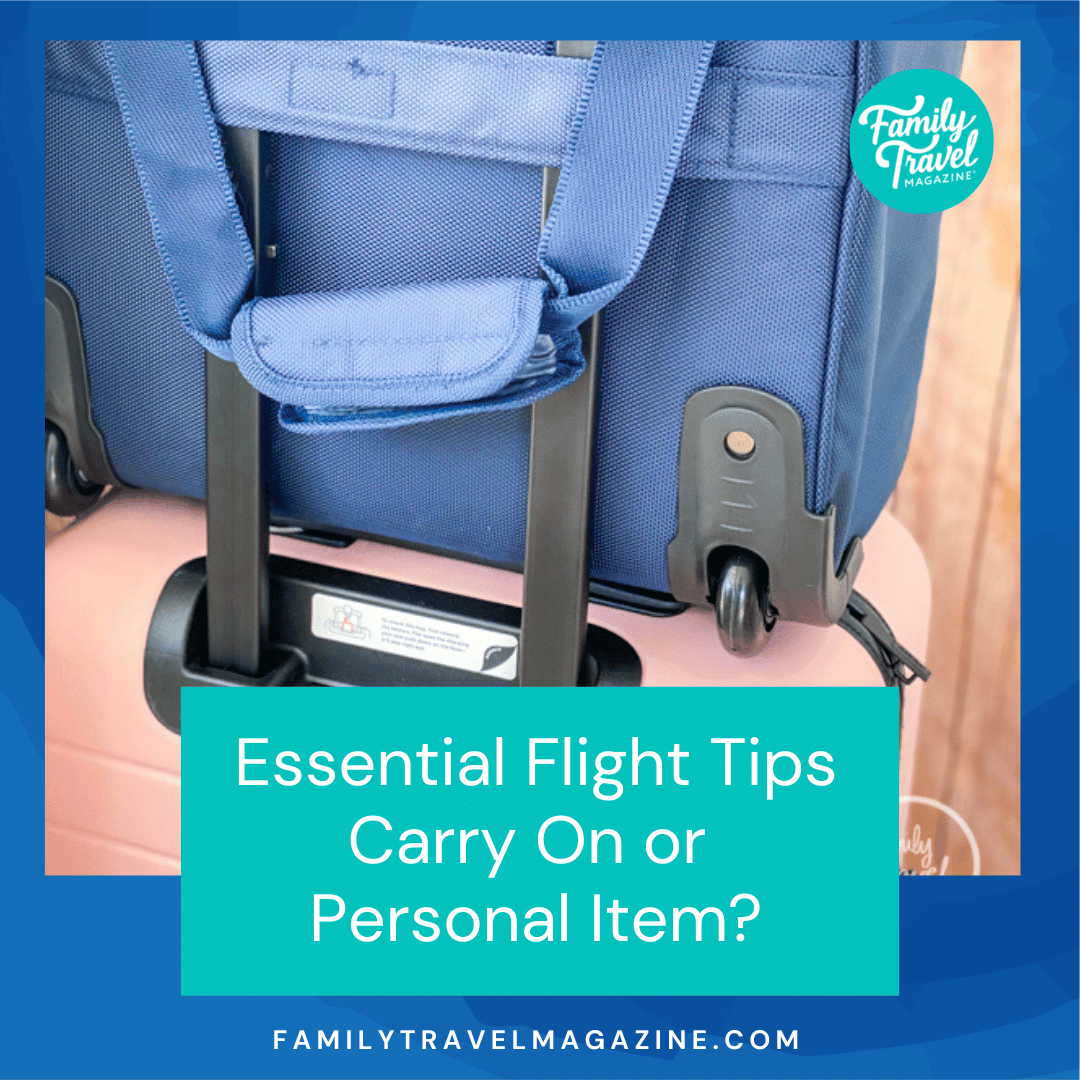Carry-On Vs Personal Item: What You Need To Know Before Your Next Flight
Hey there, traveler! Ever found yourself scratching your head over airline luggage rules? Some airlines let you bring one carry-on and one personal item, while others may restrict you to just one. Let’s break down the differences between carry-on and personal items, their benefits, and potential downsides. This way, you'll be ready to roll when you hit the airport!
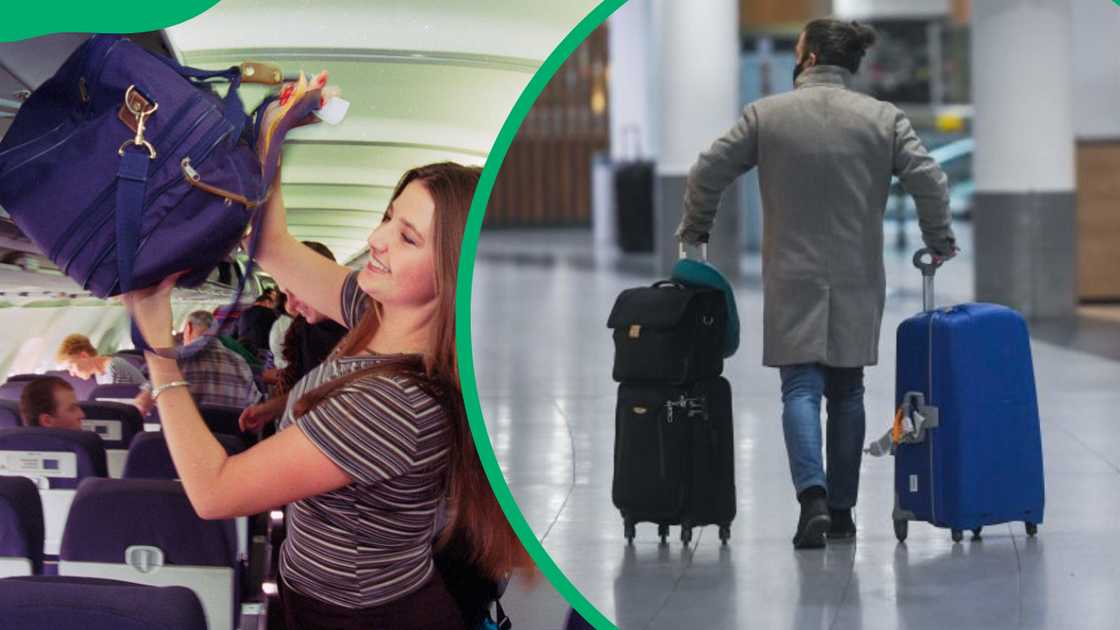
TABLE OF CONTENTS
Listen up, friends. One of the biggest challenges of air travel is figuring out what to pack. Let’s face it: you don’t want to show up at the airport only to discover that your favorite bag doesn’t meet the airline’s rules. Understanding the difference between carry-on and personal items can save you a ton of stress and hassle when you check in.
Carry-on vs Personal Item: What’s the Difference?
Alright, let’s get down to the nitty-gritty. What’s the real difference between a carry-on and a personal item? The primary distinction lies in size. A carry-on is typically larger and designed to fit in the overhead bin, while a personal item is smaller and meant to slide neatly under the seat in front of you. But here’s the kicker—some bags can fall into either category if they meet the specific size restrictions set by your airline.
Read also:A South African Tiktoker Sparks Controversy With Her Unconventional Lifestyle
Here’s a quick breakdown of what you can typically pack in each type of luggage:
| Personal Luggage | Carry-on Luggage |
| Travel documents | Clothes |
| Chargers | Toiletry bag |
| Prescription medications | Extra shoes/boots |
| Power bank | Larger electronic devices |
| Keys | Book |
| Mini clip bag | Travel blanket |
| Headphone | Pillow |
| Travel wallet | Travel first-aid kit |
| Snacks | Towel |
| Make-up tools | Camera |
Now, let’s talk dimensions. A personal item should generally be no larger than 18 x 14 x 8 inches (45 x 35 x 29 centimeters), ensuring it fits snugly under the seat. On the other hand, the standard maximum size for a carry-on is 22 x 14 x 9 inches (56 x 36 x 23 centimeters). Keep in mind, though, that these specs can vary depending on the airline.
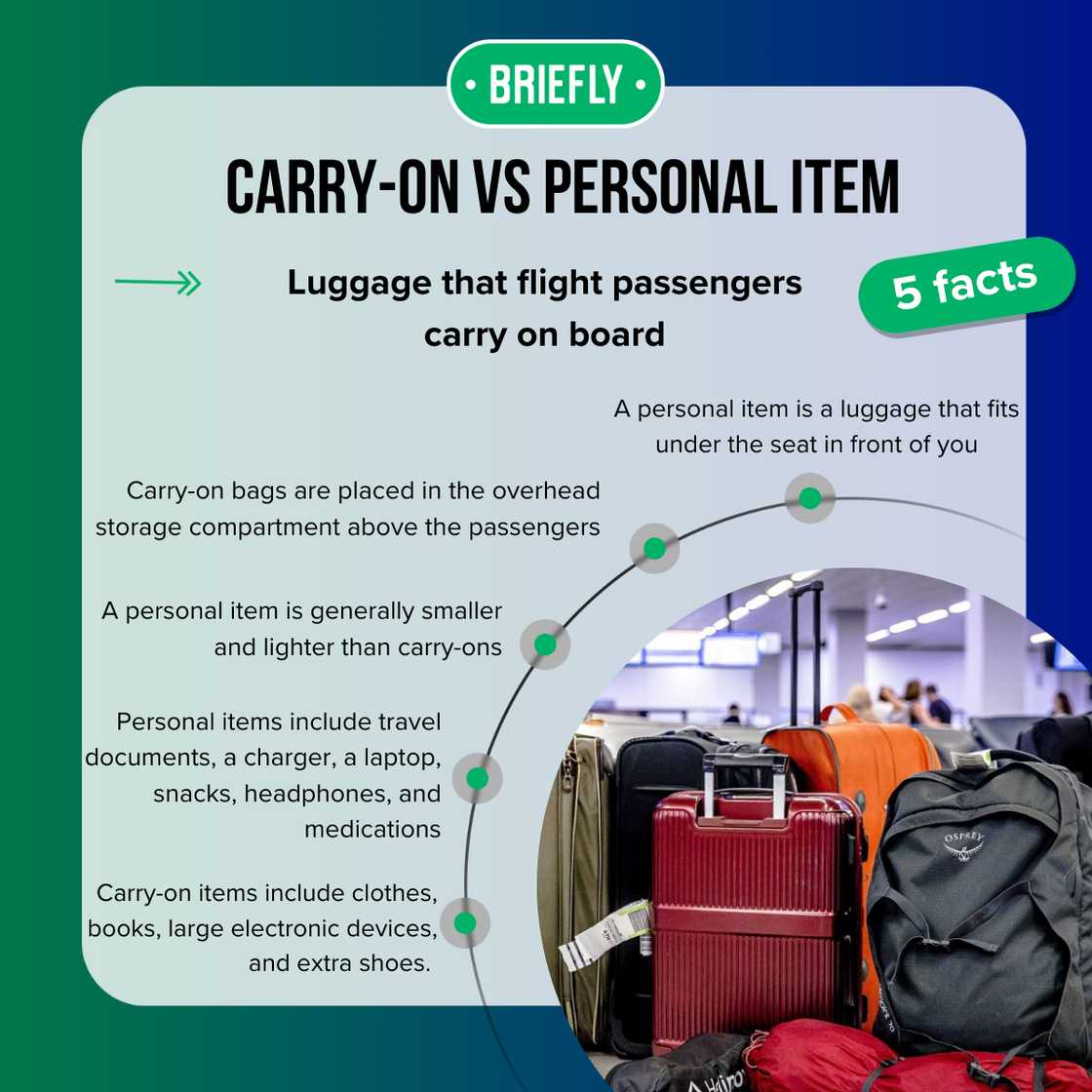
Each airline also has its own baggage allowance policy, setting a specific weight limit for what you can carry. Some airlines are super generous, letting you check in as many bags as you want. But, let’s be honest, if you’re flying with a luxury carrier, expect to pay extra for any excess weight.
What’s Allowed in a Personal Item Bag?
A personal item bag is that trusty little piece of luggage you can take onboard the aircraft, small enough to fit under the seat in front of you. Think laptop bags, purses, backpacks, smaller duffels, or travel wallets. This is the bag you want to keep close at hand for those essential items you’ll need during the flight.
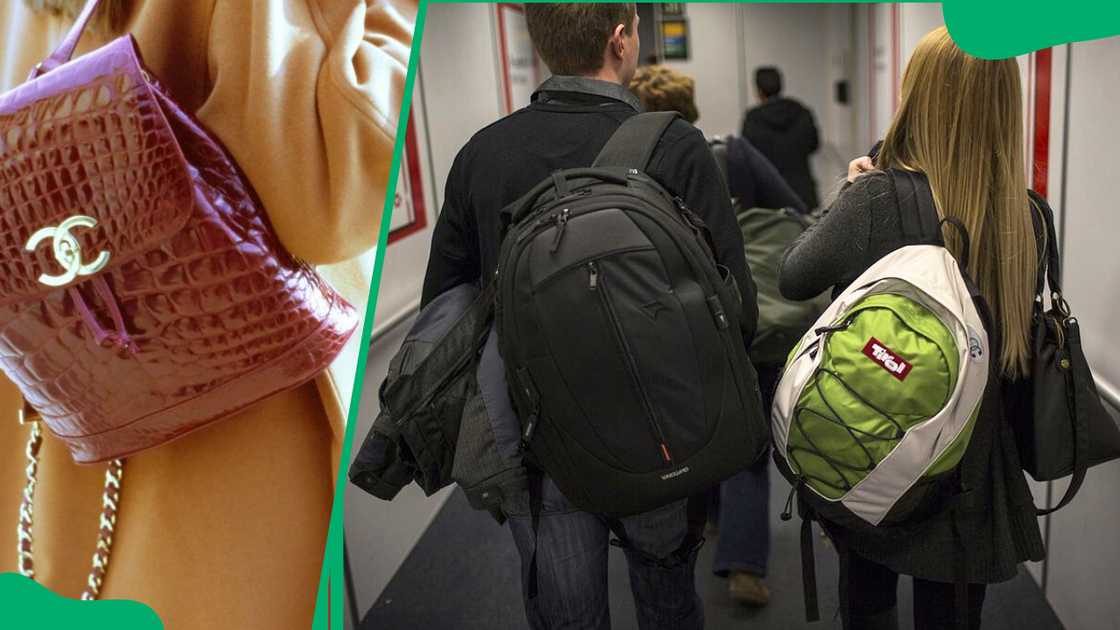
So, what’s allowed in a personal item bag? You can pack all sorts of essentials, like travel documents, phone chargers, laptops, snacks, Bluetooth headphones, power banks, and medications. The idea is to keep everything you might need within arm's reach.
Pros of Personal Luggage
- They’re free of charge on most airlines, saving you money.
- You can access them throughout the journey, which is super convenient.
- It allows you to carry extra things that you might need right away.
- You can keep it nearby, giving you peace of mind that your valuables are safe.
Cons of Personal Luggage
- There’s a limitation to the size you can carry, depending on the airline.
- They can weigh you down if you overpack, making them less convenient.
What Exactly is Carry-on Luggage?
Carry-on luggage, sometimes called hand luggage or cabin baggage, is the stuff you take directly into the plane’s cabin. It’s usually a small suitcase or backpack, designed to fit in the overhead storage compartment. Unlike checked luggage, carry-on items stay with you for the entire flight, giving you easy access to whatever you might need.
Read also:Elle Tisanes Triumphant Return To Muvhango A New Chapter Unfolds
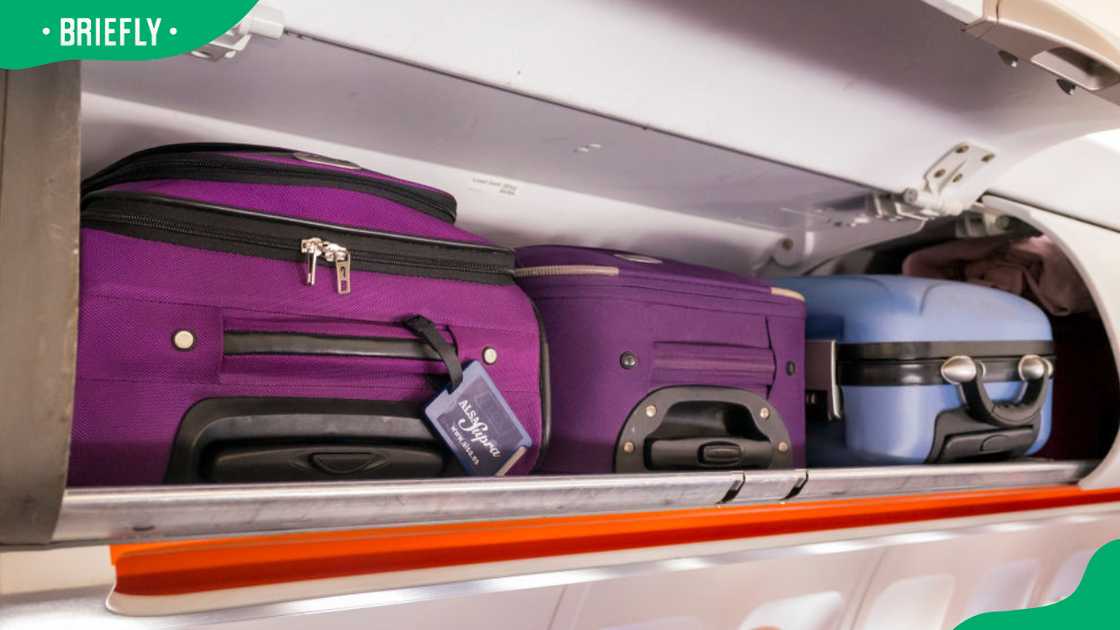
Carry-on baggage is stored in the overhead bins above your seat, meaning you don’t have to worry about waiting around at the baggage carousel after landing. It’s perfect for short trips or when you want to avoid the hassle of checking in a bag. Examples of carry-on items include clothes, books, large electronic devices, toiletry bags, and extra shoes. You can even keep your valuables, like expensive jewelry, in your carry-on for added security.
Pros of Carry-on Items Bag
- They’re quick and easy to access during the flight, making them ideal for essentials.
- You eliminate the waiting time at the luggage carousel, saving precious minutes after landing.
- Carry-on luggage saves you money on checked bag fees, which can add up fast.
- Perfect for short trips where you don’t need a ton of stuff.
- Relatively small and lighter than checked luggage, making them easier to manage.
- It’s safe and secure, keeping your valuables close at hand.
Cons of Carry-on Items Bag
- There’s a limit to the size you can carry, depending on the airline.
- Some heavy clothing may not fit, especially if you’re traveling in colder climates.
- Not all planes have enough overhead bin space to accommodate everyone’s carry-on luggage, so you might end up checking it anyway.
- It can be inconvenient during long layovers or when walking between distant boarding gates.
Can You Bring a Personal Bag and a Carry-on?
Most airlines allow passengers to bring one carry-on item and one personal item bag. Your carry-on baggage must fit either in the cabin’s overhead storage compartment or under the seat in front of you.

